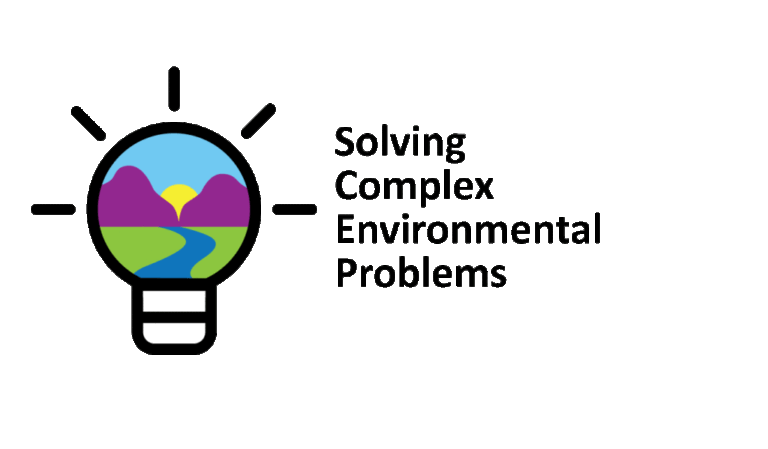Science Talk

Defining the bullseye in Environmental Consulting
Environmental Consultants who “Define the Bullseye” “Defining the Bullseye”. Have you ever experienced a situation where you did great work but it wasn’t as valuable

The best question’s will always get the best answers
We all have in our pockets a device that has instant access to nearly every piece of information known to mankind. So why is it

LOCALLY SOURCED FOOD IS GOOD FOR YOU, AND THE ENVIRONMENT
LOCALLY SOURCED FOOD IS GOOD FOR YOU, AND THE ENVIRONMENT Most people in the US are fortunate to have access to a wide variety

EPA’s 3Ts – Reducing Lead in Public Drinking Water
EPA’s 3Ts – Reducing Lead in Public Drinking Water The Environmental Protection Agency (EPA) is responsible for ensuring the safety of the nation’s drinking water

WHAT MIGHT SITE-SPECIFIC SOIL STANDARDS FOR PFOA LOOK LIKE?
The State of New Jersey recently adopted what is currently the lowest drinking water quality criteria (maximum contaminant level or MCL) in the country for

ENVIRONMENTAL TRACERS: AN UNDERUTILIZED TOOL IN ENVIRONMENTAL CONSULTING?
I consider myself lucky to have come to environmental consulting through a couple of academic research detours; first at Columbia University in NYC then Southern
